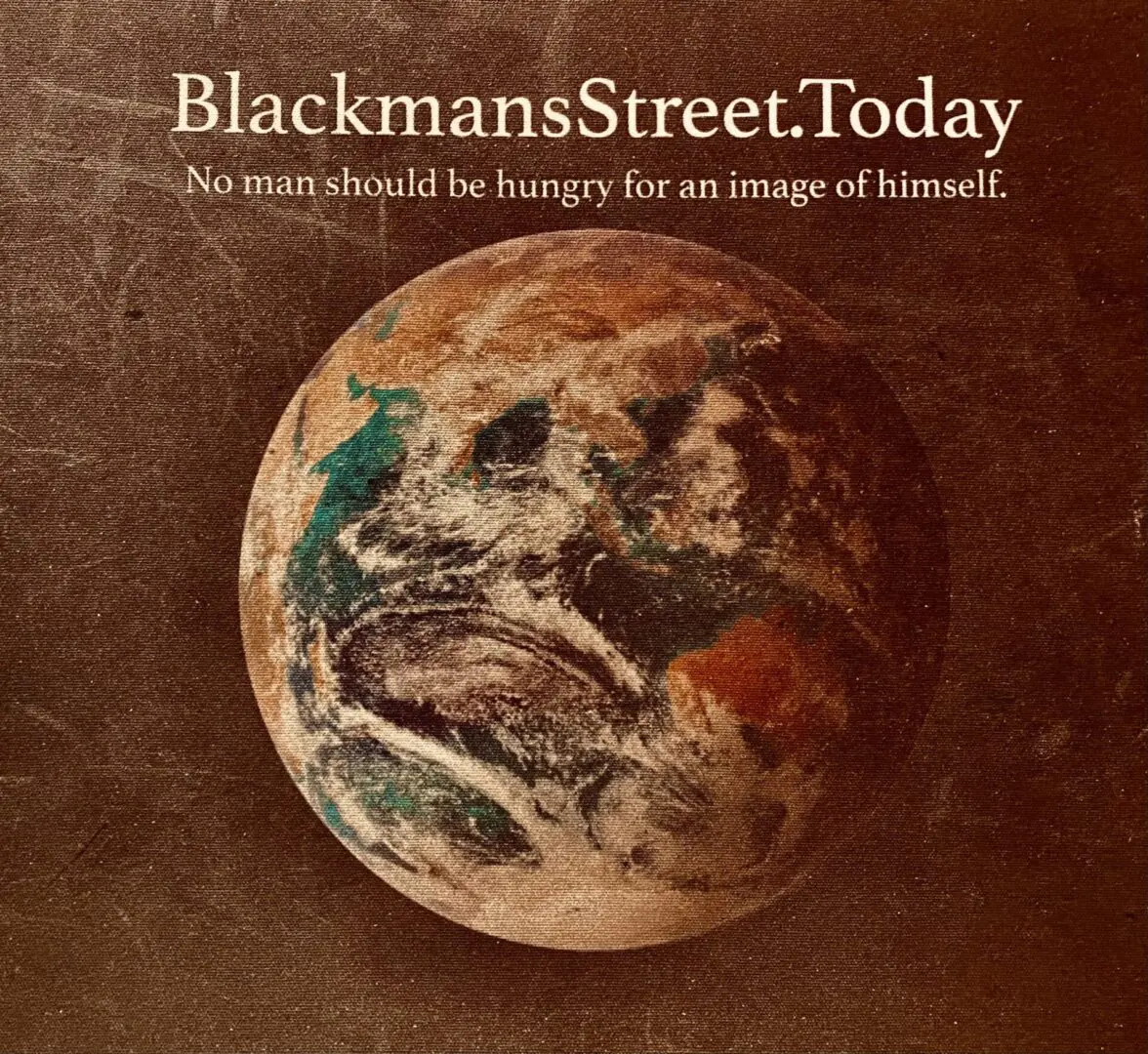Since the Million Man March things have gotten worse for Black men
Following the 20th anniversary of the Million Man March to draw attention to the plight of Black men, things have gotten worse.
In September, the jobless rate for Black men was 5.1 percent, compared with 3.4 percent for White men, 4.1 percent for Asian men, and the same for Hispanic men.
The trend of fatal police shootings in the United States seems to be increasing, with a total of 828 civilians having been shot, 181 of whom were Black, as of September 10, 2024.
In 2023, there were 1,163 fatal police shootings. Additionally, the rate of police shootings among Black Americans was much higher than that for any other ethnicity, standing at 6.2 fatal shootings per million of the population per year between 2015 and September 2024.
There is more bad news.
Some 8.5 percent of Black couples are late on mortgage payments, according to the Joint Center for Political and Economic Studies. Another 18.8 percent are not able to pay rent.
The U.S. Supreme Court has eliminated Affirmative Action and businesses are challenging and eliminating DEI, or Diversity, Equity, and Inclusion.
The Million Man March was a large gathering of African-American men in Washington, D.C., on October 16, 1995.
Called by Minister Louis Farrakhan of the National of Islam, it was held on and around the National Mall. The National African American Leadership Summit, a leading group of civil rights activists and the Nation of Islam working with scores of civil rights organizations, including many local chapters of the National Association for the Advancement of Colored People (but not the national NAACP) formed the Million Man March Organizing Committee.
The founder of the National African American Leadership Summit, Benjamin Chavis Jr., served as National Director of the Million Man March.
The committee invited many prominent speakers to address the audience. African-American men from across the United States converged in Washington to “convey to the world a vastly different picture of the Black male ” and to unite in self-help and self-defense against economic and social ills plaguing the African-American community.
